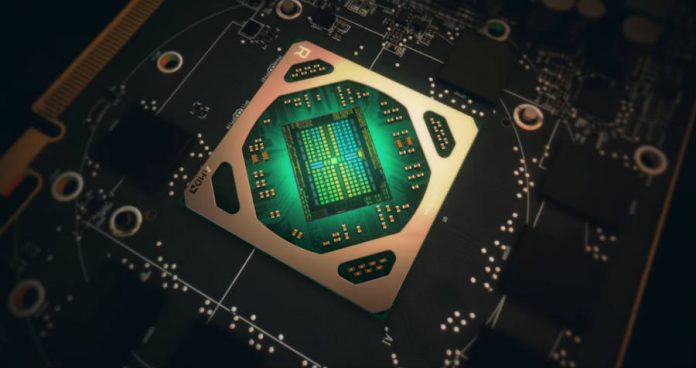
On Tuesday, Advanced Micro Devices (AMD) announced its new graphics card lineup, the Radeon RX 500 Series. There are four new units, out of which only the Radeon RX 580 and RX 570 are available now. The Radeon RX 550 debuts on April 20 and the 560 in May.
The tech giant’s new graphic units will serve as an upgrade to last-generation Radeon RX 400 cards, and any solutions that are already outdated. AMD says 9 out of 10 players have systems that cannot handle new experiences like VR and 4K gaming.
The Radeon RX 500 Series is made up of entry-level offerings, with the RX 550 priced $79 at its lowest. The mid-range RX 580 costs $229 and competes against Nvidia’s GeForce GTX 1060. AMD partners include MSI, Asus, Sapphire, among others.
The RX 580 and the RX 570 will redefine the midrange market

AMD’s highest-performing card, the Radeon RX 580, has 2304 stream processors, 5.7 billion transistors, and 6.17 teraflops. It has a 256-bit memory bus width, and it comes in 8 GB and 4 GB VRAM configurations.
The base clock on the RX 580 is 1257 MHz while overclocking pushes almost an extra 100 MHz up to 1340. Like all other products in the lineup, it is manufactured under next-gen Polaris architecture standards.
The Radeon RX 570 is the next one in line, and it has 2048 stream processors, the same transistor count as its big brother, but only 5.1 teraflops. Memory bus width is also identical to the 580, but AMD offers it with 4 GB VRAM exclusively.
Of course, as a lower tier GPU, clock speeds come at lower rates. The core clock hits 1168 MHz frequencies and 1244 MHz while boosted. TDP is 150W, 35W less than the RX 580.
The RX 550 is a decent gaming card, and it sells for $79
Next up there is the RX 560, which has half the stream processors of the RX 570, 3 billion transistors, and only around 2 TFLOPs of performance. AMD also halved memory bus width on this card, now sitting at 128 bits and only 4 GB of GDDR5 VRAM.
This new Polaris unit will usually reach up to 1175 MHz and 1275 MHz when overclocked. It delivers an efficient 1080p gaming experience, 57% better than the equivalent last-gen R7 360.
Last but not least, the Radeon RX 550 has only 512 stream processors, but it offers a pro alternative to integrated graphics, particularly for those looking into PC gaming doorways.
At 2.2 billion transistors and only 2 GB of VRAM, the RX 550 offers clock speeds up to 1183 MHz and compatible with HEVC and 4K playback. All units of the 500 Series support DirectX 12, Vulkan, Radeon Chill, Radeon Free Sync, and Radeon ReLive.
The 8 GB RX 580 sells for $229, and the 4 GB version has a $199 price tag. The RX 570 costs $169, while the RX 560 hits sub-$100 figures at $99. Finally, the RX 550 is the most accessible with a $79 price tag.
AMD partners modify the cards they receive with their enhancements, so prices only go up from there depending on each company’s specifications. The 580 and 570 are readily available, but the 560 launches on Thursday and the 550 in May.
Source: AMD










